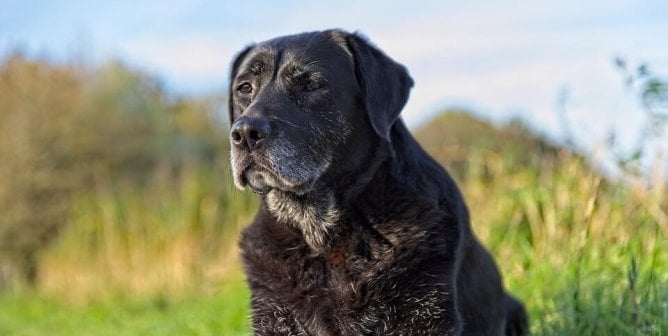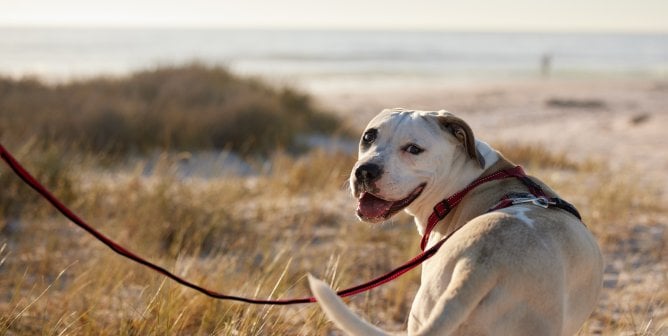Is your dog warm enough? A chilly dog is not a happy dog. Dogs’ fur isn’t enough to protect them during the winter. Short-haired, small, and very young dogs are especially vulnerable in the cold.
Whenever your dog is outside, here are seven signs to look out for to determine whether it’s too cold for them:
1. Is your dog trembling or shaking?
Trembling could just mean excitement or nervousness, but it can also be a sign of chilliness.
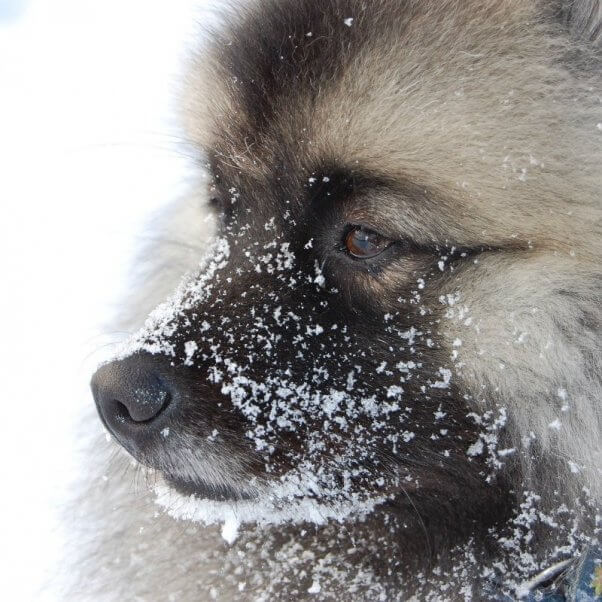
2. If your dog is whining, barking, or howling, start listening.
Animals who have been outside in the cold too long may start to whine, bark, or howl. They’re trying to tell you that they’re freezing-cold and need to go inside and warm up—just like this dog, Charlie.
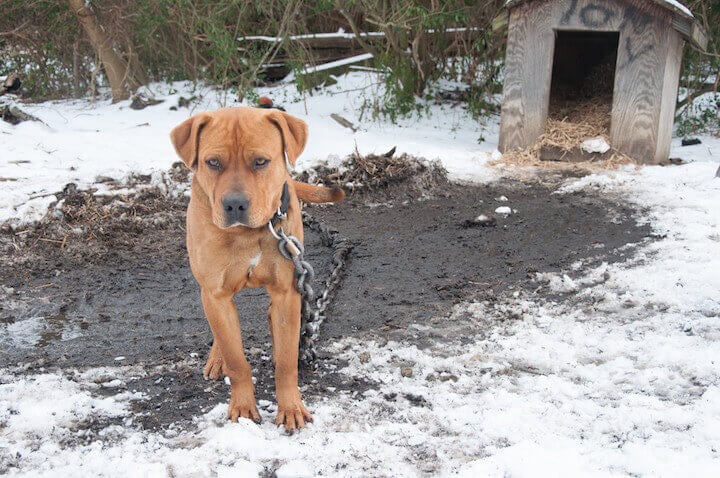
3. Does your dog appear to lack energy?
In extreme cases, this could mean hypothermia. This is a life-threatening condition, and its symptoms include weakness, drowsiness, lethargy, muscle stiffness, and shallow, slow breathing.
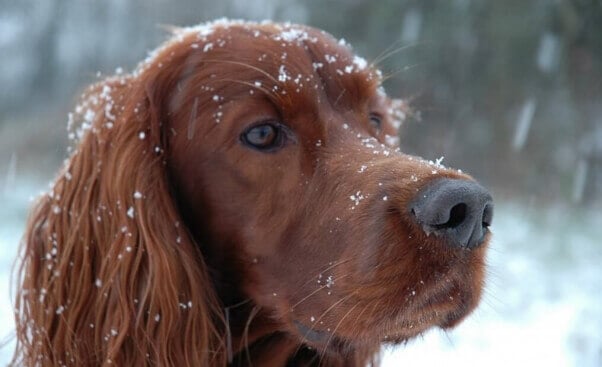
4. Check to see whether your dog’s ears feel cold.
Ears that are cold to the touch likely mean that the whole pup is cold, too.

5. Watch out for a hunched back and tucked-in tail.
Dogs who are trying to curl up in a ball or standing with a hunched back and a tucked-in tail are probably trying to conserve body heat.

6. See if your dog is limping or looks stiff.
Dogs who are limping or taking slow, cautious steps may have cold paws or stiff muscles caused by the low temperatures.
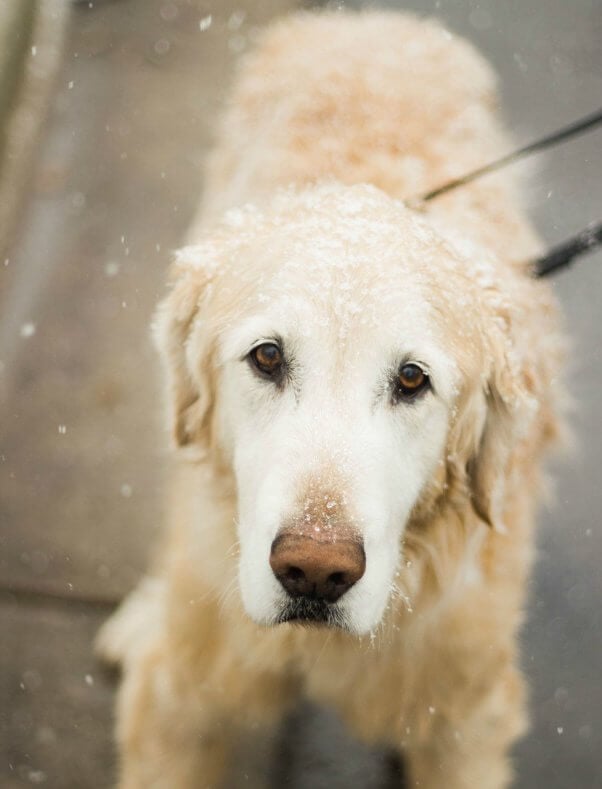
7. Are you cold?
If you’re chilly, dogs with short fur probably are, too. But even long-haired dogs can die if they’re kept outside in low temperatures for too long. Dogs are members of the family and should never be left outside exposed to the elements at any time of the year—but especially not during the hottest and coldest months of the year.
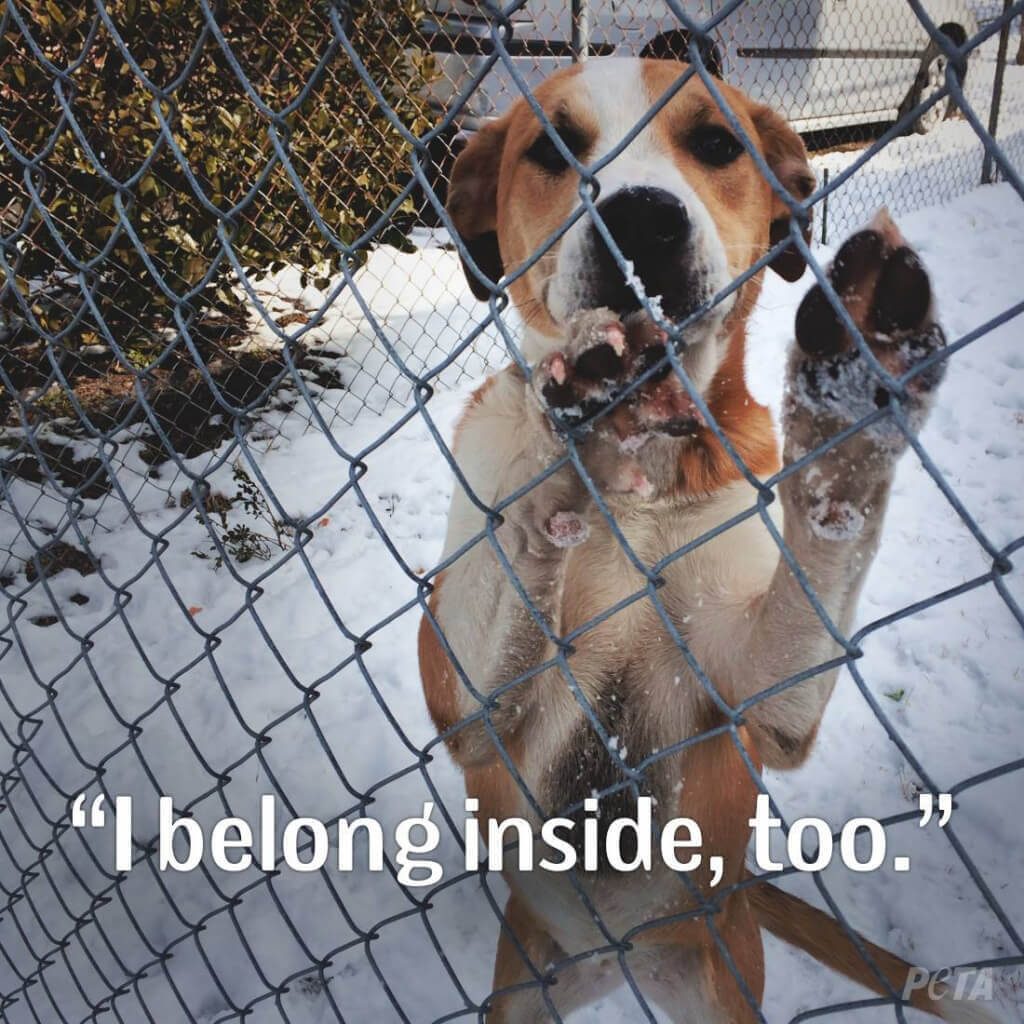
Be sure to take the following precautions:
- Make sure your dog has a warm, cozy bed and that your house is kept at a reasonable temperature.
- Dress dogs who tend to get chilly in a warm coat or sweater—both indoors and outdoors. But if they do wear sweaters indoors, they should also get a chance to let their skin breathe every day for a while, too. Throw the sweater in the wash regularly as well.
- If you shave your dog in the summer, be sure to allow enough time for the fur to grow back in time for cold weather. Also, trim the fur around the paw pads to prevent ice and snow from building up during walks.
- Don’t bathe dogs outdoors during colder months. Wash them in the bathtub with warm water and dry them off with a towel right away.
- Dogs who get wet in the rain or snow should be dried with a towel as soon as you’re back inside.
- Of course, dogs should never be left outside in the cold unattended, but if you do see dogs being treated this way, make sure they at least have unfrozen water to drink, straw bedding to burrow in, and adequate shelter—such as a sturdy doghouse—to protect them from the elements. You can even sponsor a doghouse for an “outside dog” today.
Check out these cruelty-free winter wear items designed to keep your pup toasty:
- The Climate Changer™ jacket from Ruffwear is perfect for cool, crisp days.
- This adorable yet functional Dog Snowsuit has removable leg pieces.
- This water-resistant Classic Trench Coat features a removable hood.
- Get double the looks with this reversible Loft Dog Jacket that’s reflective for visibility.
- Don’t forget the Head Muff!
- These Muttluks® Hott Doggers are perfect when the snow is too cold for your dog’s feet.
- And these anti-slip argyle socks will keep your dog cozy indoors, too.
- And finally, keep this Soaker Paw Towel handy for after your dog’s fun in the snow.
Want more tips on following a cruelty-free lifestyle and helping animals? Sign up for PETA Living News, sent to your inbox once a week.
By submitting this form, you’re acknowledging that you have read and agree to our privacy policy and agree to receive e-mails from us.
Text VEG to 73822 to get the latest vegan lifestyle tips, recipes, and urgent action alerts texted right to your phone.
Terms for automated texts/calls from PETA: https://peta.vg/txt. Text STOP to end, HELP for more info. Msg/data rates may apply. U.S. only.




